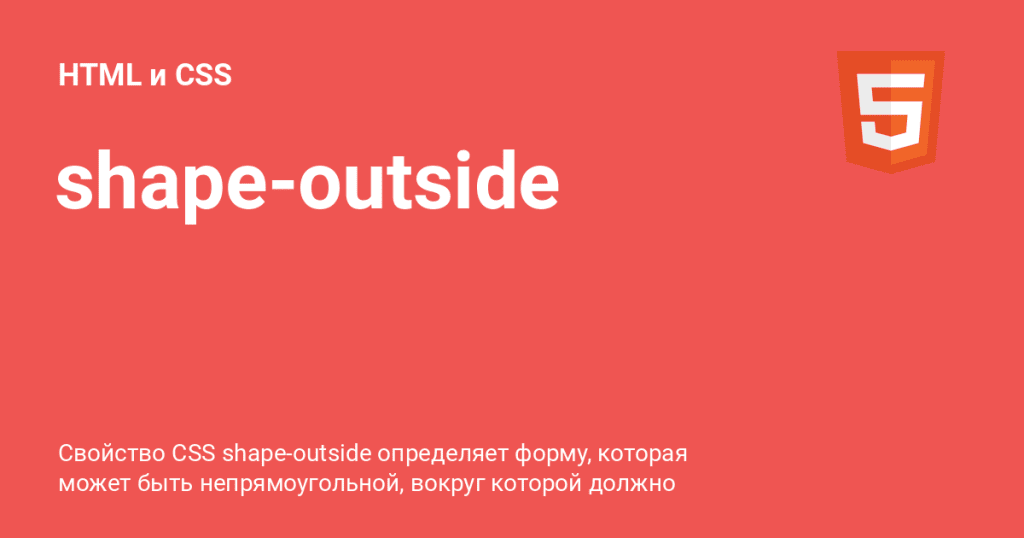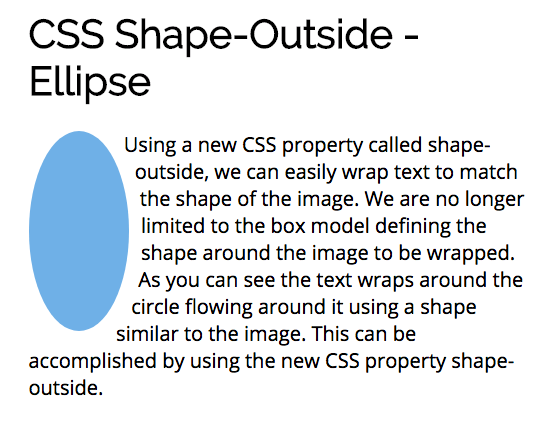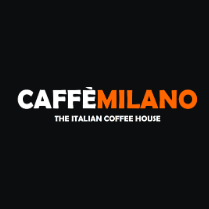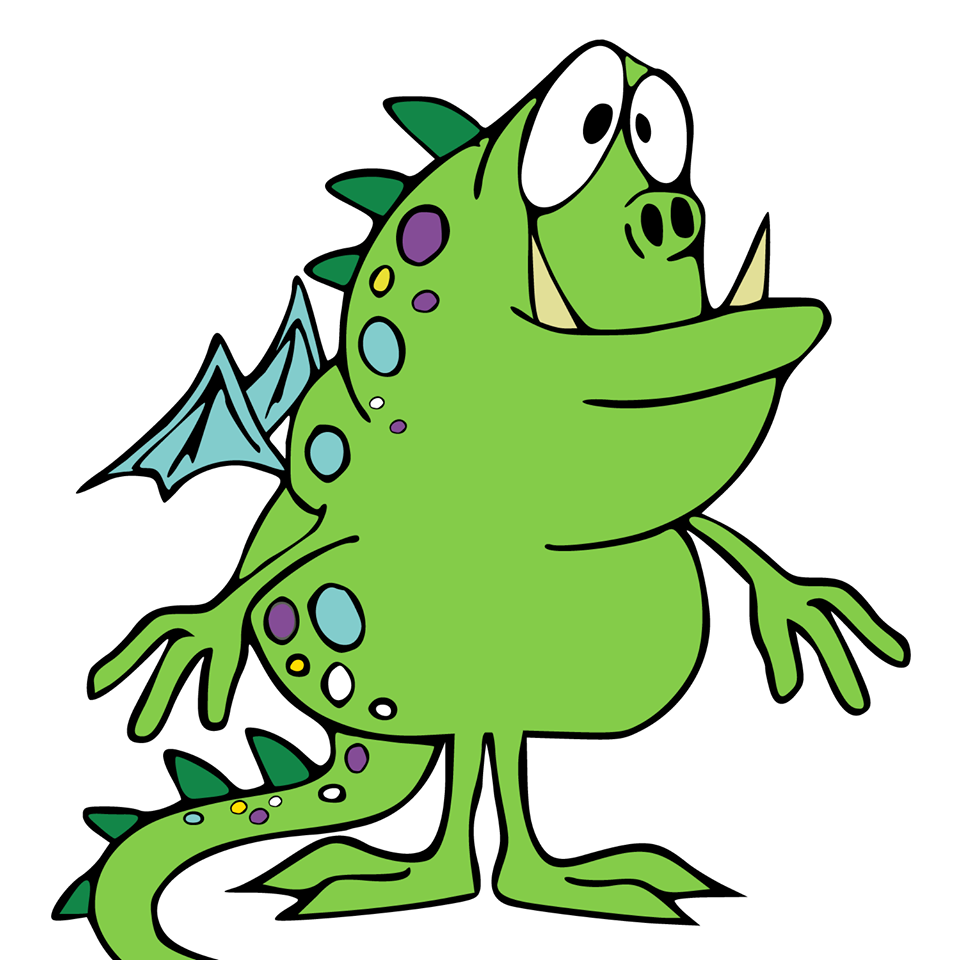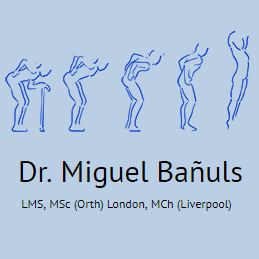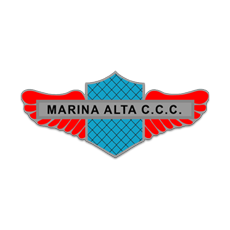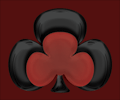CSS shape-outside is a powerful tool that revolutionizes the way text interacts with images in web design. By allowing text to wrap around non-rectangular shapes, CSS shape-outside enhances the visual appeal of content and transforms static layouts into dynamic narratives. This innovative feature is not just about aesthetics; it also plays a crucial role in enhancing user experience by encouraging deeper engagement through improved text wrapping with images. Creative design techniques using CSS shapes can help designers break free from conventional boxy layouts, giving them the ability to craft unique CSS layout designs that capture and retain attention. As we delve into the expressive potential of CSS shape-outside, we’ll explore how it adds personality and vibrancy to designs that might otherwise feel flat.
Introducing the concept of CSS shape-outside, we find a technique that captivates the imagination of web designers looking to elevate their projects. This CSS feature offers the ability to seamlessly integrate text and imagery, creating harmonious and visually striking layouts. By leveraging alternative shapes and contours, designers can achieve immersive experiences that align perfectly with the evolving standards of creative web design. As we explore innovative techniques for text wrapping alongside images, it becomes clear that CSS shapes are essential in the modern toolkit of enhancing user experience and crafting engaging visual narratives. Join us in uncovering the endless possibilities that shape-outside affords in the realm of digital aesthetics.
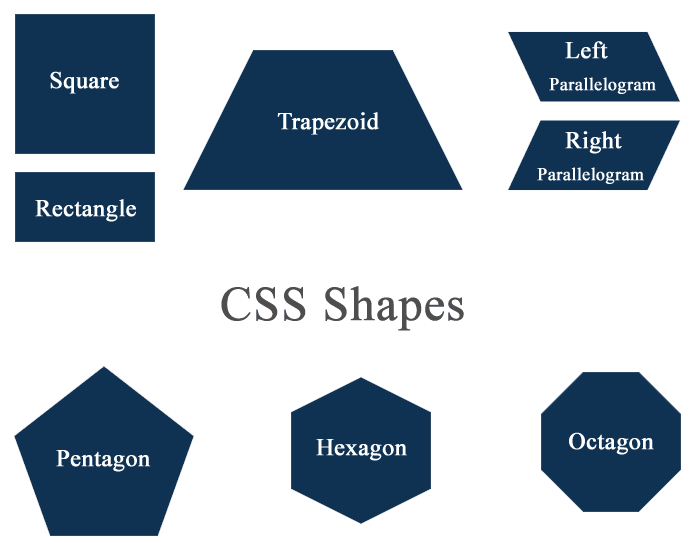
Understanding the Power of CSS Shapes
The world of web design consistently evolves, and one of the intriguing advancements is the use of CSS Shapes. These allow us to break from the traditional rigid structures, creating spaces where images and text intertwine seamlessly. When I previously questioned the visual flatness of long-form articles, I wasn’t merely searching for an aesthetic upgrade; I was advocating for a revolutionary way of engaging the reader. Images become more than mere adornments—they define the narrative journey and enhance the storytelling experience.
Shape-outside is a game-changer, allowing designers to weave text around the unique contours of images, rather than confining them to simplistic rectangles. This feature invites creativity into design, enabling us to manipulate how content flows and interacts. The result? A more dynamic reading experience where imagery resonates with the narrative, pulling readers into the content, not just on the surface but in how they engage with each element.
The Real-life Application: Patty Meltt’s Website
Enter Patty Meltt—a fictitious country music star who needed a website that matched her vibrant persona. In the cacophony of online music promotions, her platform needed to stand out, not just in accessibility, but in allure. By applying CSS Shapes, particularly shape-outside, I aimed to capture the essence of her story visually. The goal was clear: to create a design that was visually memorable, one that would not only showcase her music but also tell her journey.
As I designed her site, traditional guidelines felt limiting. While guides often suggest using basic shapes—circles and squares—the reality of Patty’s life and career required something far more expressive. We placed weight on her true beginnings, adding tall vertical images of her amidst blocks of text, intertwining her life narrative with her music journey. Each image wasn’t just a decorative addition but a crucial part of the story, inviting readers to explore deeper.
Creative Uses of shape-outside
When integrating images, the first question to consider is their role in shaping the reader’s experience. For example, applying shape-outside for a tall portrait of Patty would mean that text could gracefully flow around her silhouette, creating an immersive visual experience. This intermingling of text and image crafts a narrative rhythm, transforming static reading into a fluid exploration of her biography.
Additionally, I employed smaller images of her album covers alongside her biography section. By choosing to define their widths in percentages rather than fixed pixels, the design adapted dynamically, ensuring the layout remained vibrant and responsive. Each navigation around the images established a connection with the narrative—a visual dance where text and image worked hand in hand.
Building Imagery and Illusion
Another exciting aspect of using CSS Shapes comes when it involves image rotation. The challenge lies in creating the illusion that text flows around an image placed centrally. With Patty’s image split into halves, I floated the left and right pieces to create a cohesive center where the text could weave around—an ingenious ruse that brought her story to life without compromising the layout.
This approach not only beautifies the design but allows for an inventive method of using traditional images in new contexts. The separation of her image into two facilitated a dynamic design element typically seen in illustrations, thereby enhancing engagement. Instead of viewing images merely as backdrop, they became integral players in executing purpose-driven design.
Imagery Beyond Borders
With the requirement for designs that feel organic, I realized that a background image might not always suffice. Thus, the idea of a faux-background emerged. Here, I could allow text to flow naturally around Patty, maintaining visual intrigue by utilizing shape-image-threshold to guide which parts of the alpha channel would influence text wrapping.
The essence lies in preserving the complete detail of images, creating dynamic interactions rather than static backgrounds. This methodology breaks away from historical design norms, elevating the aesthetic experience to one that feels more alive and engaging. Through experimentation, various elements overlap, becoming a part of the narrative structure, retaining an organic flow that feels natural.
Text Flow: Crafting Movement
The ultimate goal of using CSS Shapes and the shape-outside property is to foster connections that breathe life into design. By strategically placing elements like Patty’s photomontages, the text flows amid layers, filling the design with energy. Such an approach mirrors the narrative beats of a compelling country song.
Every section, every overlap, and interplay of images creates a sense of rhythm and dynamism, encouraging readers to linger over the content. This type of interactive design transforms what could easily feel like flat prose into an immersive story that captivates and engages the audience in ways mere words alone cannot.
Conclusion: The Importance of Dynamic Design
Reflecting on how CSS Shapes revolutionizes visual storytelling, we return to the foundational concept: too often, images are treated as disconnected entities. The art of design is not solely about utility; it’s about creating experiences that resonate emotionally. By embracing shape-outside, readers are invited to slow down, appreciate the layers, and immerse themselves further into the narrative.
When presenting visual content, the call to action is clear: don’t shy away from creativity. Step beyond rectangles and embrace the curves of design that embody your unique story, just as Patty Meltt embodies the spirit of modern country music. In doing so, each page becomes an invitation—one that visually entices, emotionally engages, and leaves a lasting memory.
The Impact of Creative Design on Reader Engagement
In an increasingly digital world, the visual presentation of content plays a pivotal role in capturing and retaining reader interest. When images are confined to rigid boxes, they often fail to contribute meaningfully to the overall narrative, leading to a monotonous reading experience. By employing CSS shape-outside, designers can allow text to flow organically around images, enhancing the interplay between visual elements and written content. This method not only enriches the aesthetic appeal of a webpage but also guides readers through the text, creating a more engaging and immersive experience.
Using creative design techniques to integrate text and images seamlessly invites readers to explore the content further. With shape-outside, a simple image can transform from a mere decorative element into a pivotal part of the storytelling process. Readers are more likely to feel a connection to the content when they see dynamic layouts that reflect the rhythm and movement of the narrative.
Moreover, creative layouts can invoke emotional responses that static designs simply cannot achieve. Shapes that mimic the curves of a musical instrument or the contours of a face can resonate with readers on a personal level, enhancing the connection they feel to the story. By recognizing the expressive potential of CSS shapes, designers have the opportunity to craft experiences that not only inform but also captivate. In a time where digital design choices abound, utilizing methods like shape-outside can differentiate a project, leaving lasting impressions of creativity and thoughtfulness on its audience.
Embracing Shape-Outside for Distinctive Designs
As designers continue to push the boundaries of web aesthetics, implementing innovative techniques such as CSS shape-outside is essential for creating distinctive, memorable designs. This property allows for a remarkable transformation in how content is perceived, inviting readers to engage with visuals in ways that feel fresh and invigorating. By breaking free from traditional rectangular images, designers can create layouts that not only highlight stunning visuals but also enhance narrative flow, turning them into active participants in conveying the story’s essence.
When exploring the myriad of possibilities that shape-outside offers, it is crucial to embrace this approach as a standard part of the design toolkit. By doing so, we can foster a culture of creativity that prioritizes dynamic interaction between text and images. The next time we consider our design choices, focusing on how shape-outside can enrich our layouts will undoubtedly lead to a more impactful experience, inspiring readers to delve deeper into the content and fostering a profound connection to the material.
Ultimately, employing CSS shape-outside is not merely a practical solution but also a bold creative statement in web design. The shift towards integrating designs that honor both text and visuals represents a dedication to elevating the reader’s journey, making it not only informative but also visually stimulating. As we continue to innovate and adapt our methods, let us remember the transformative power of design — shaping not just the way things look but how they make us feel.

